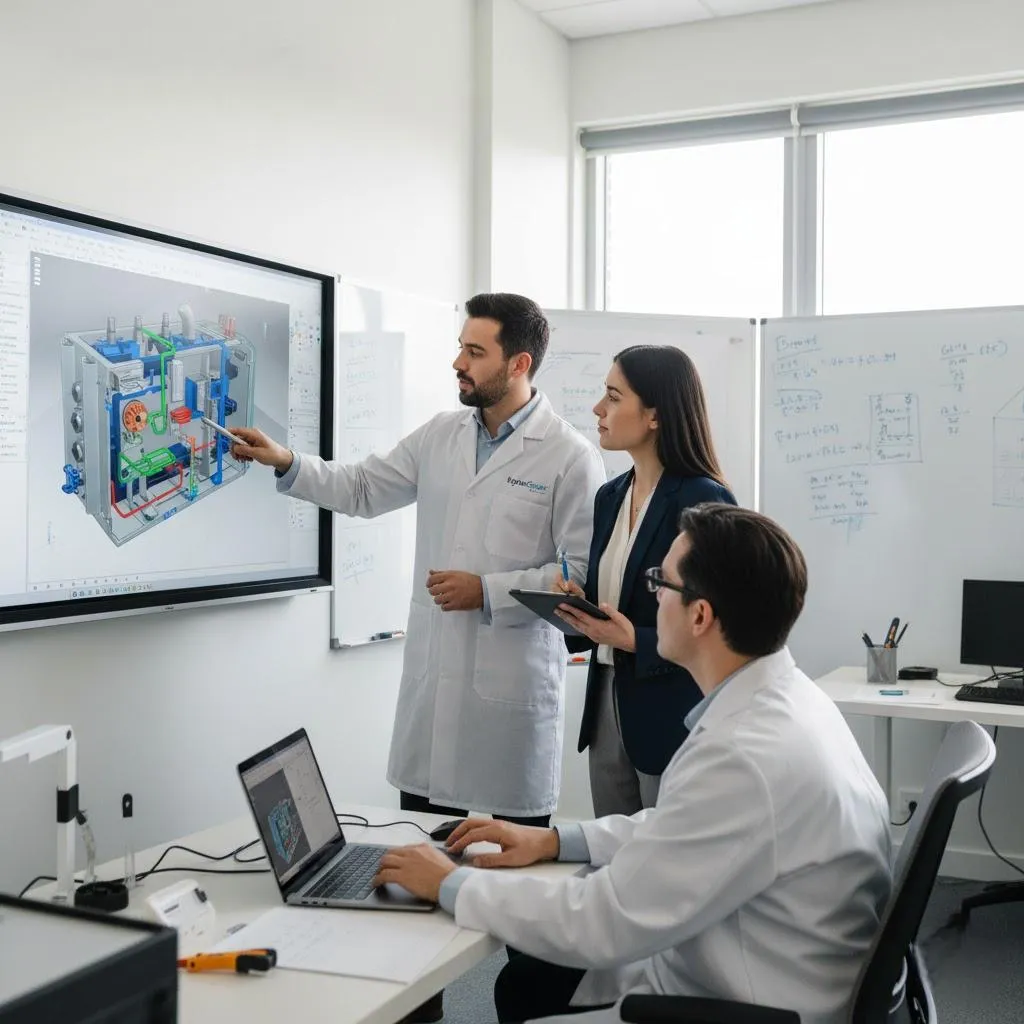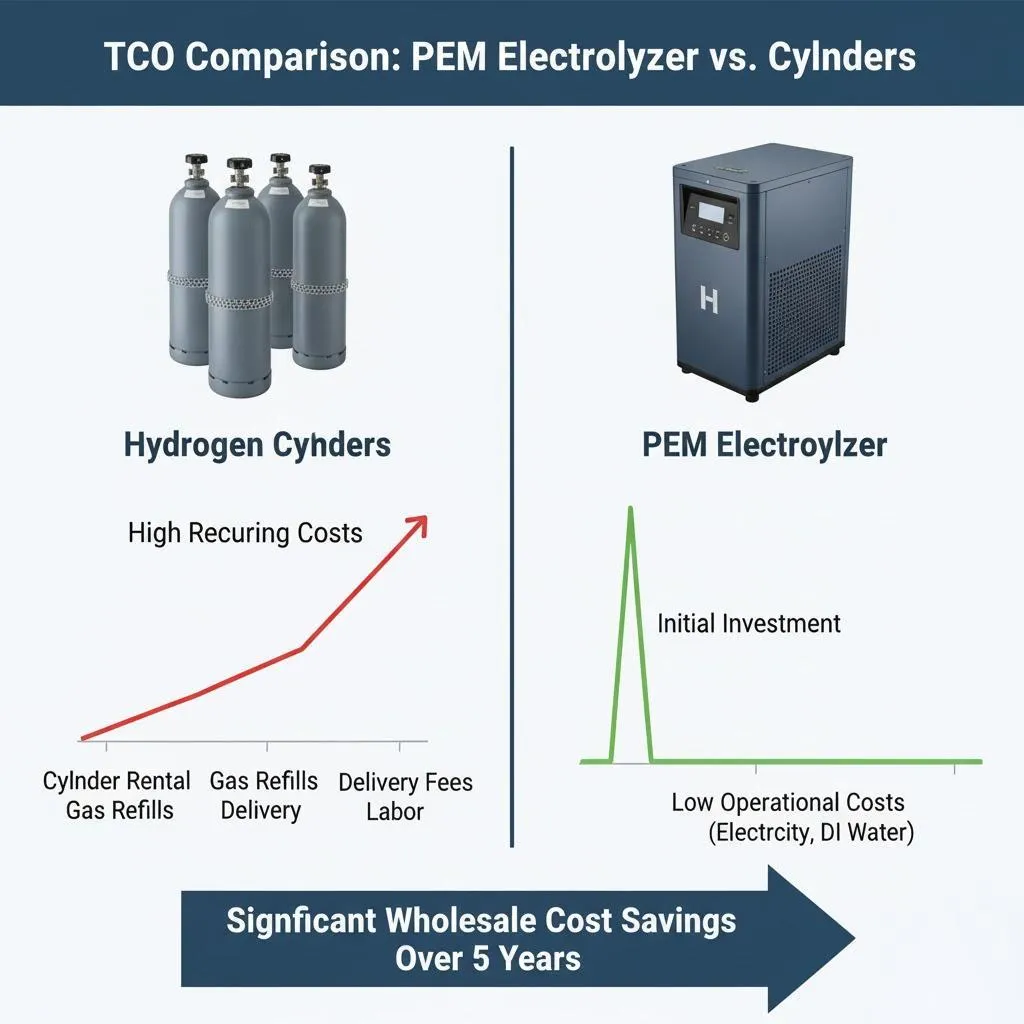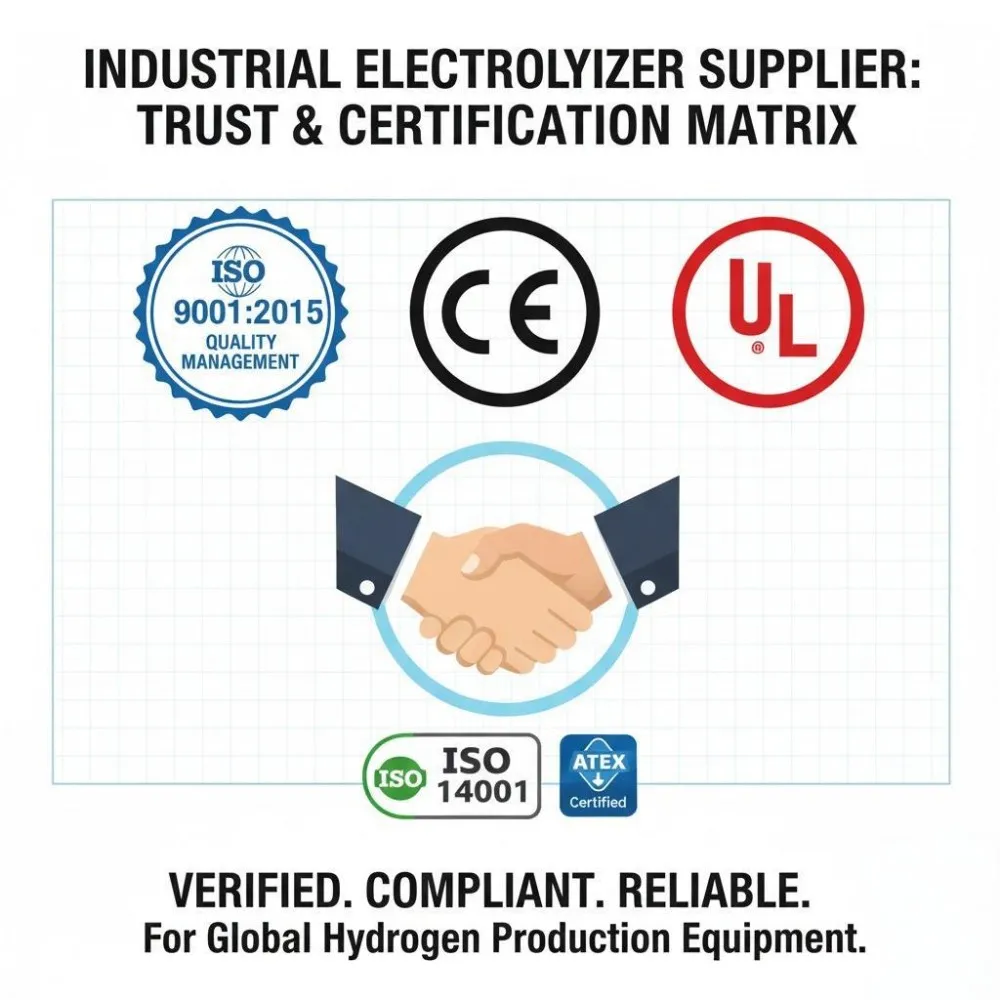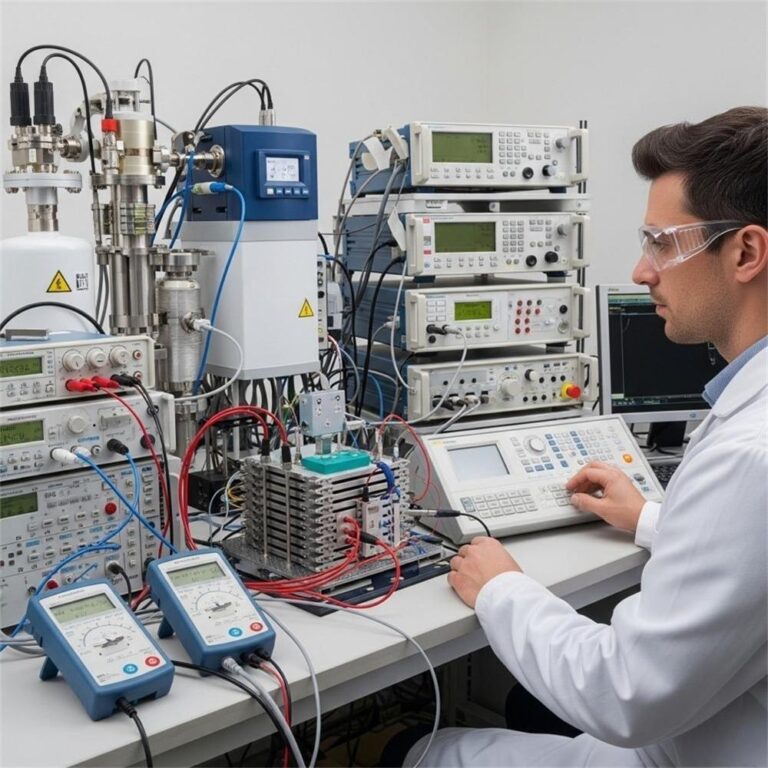Introduction to Pure Water Electrolysis Technology
What is 4Nm3/h Pure Water Electrolysis?
4Nm3/h pure water electrolysis systems are advanced hydrogen production units capable of generating 4 normal cubic meters of hydrogen per hour from deionized water using electricity. This clean, modular technology offers a reliable and scalable solution for industrial hydrogen needs, emphasizing sustainability and operational efficiency.
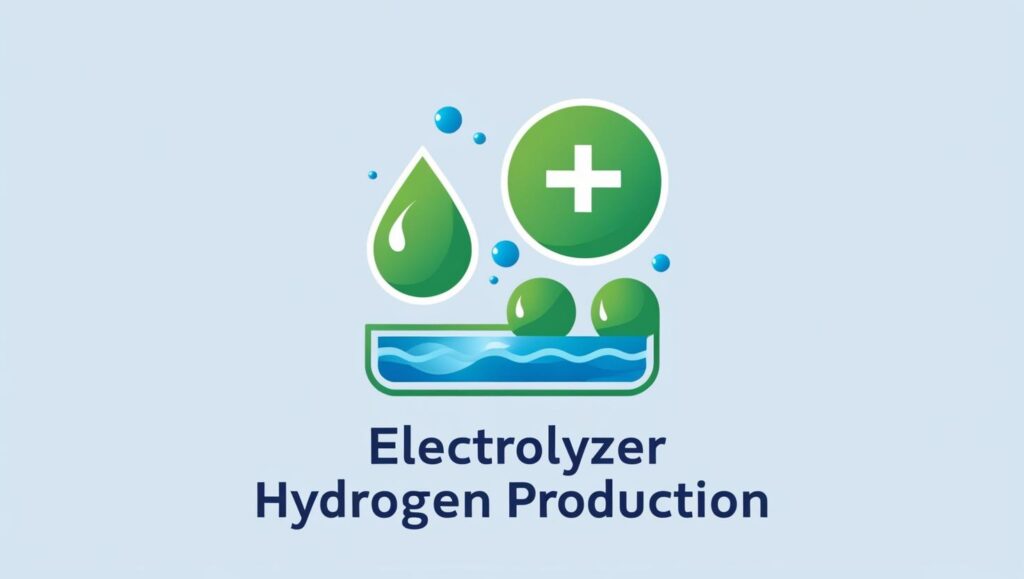
The Growing Importance of Hydrogen in Energy Storage
Hydrogen is increasingly seen as a cornerstone of the green energy transition. As a clean energy carrier, it bridges the gap between intermittent renewable generation and constant industrial demand, providing long-duration energy storage and grid balancing services.
Key Advantages Over Traditional Methods
- Zero carbon emissions during production
- High purity hydrogen output (typically >99.99%)
- Modular scalability, adaptable from small to large-scale systems
- Silent operation with minimal environmental footprint
System Design and Core Components
Electrolyzer Stack Architecture (4Nm3/h Capacity)
The heart of the system is its electrolyzer stack. In a 4Nm3/h model, stacks are engineered for high efficiency and durability, typically built with advanced materials to withstand continuous operation.
PEM vs. Alkaline Technologies Comparison
| Feature | PEM Electrolysis | Alkaline Electrolysis |
|---|---|---|
| Efficiency | Higher (up to 85%) | Moderate (60-70%) |
| Response Time | Fast (milliseconds) | Slower |
| Footprint | Compact | Larger |
| Water Purity Required | Ultra-pure deionized water | Demineralized water |
Water Purification Requirements
Maintaining ultra-pure water is crucial. Systems typically include:
- Reverse osmosis (RO)
- Deionization (DI) units
- UV sterilizers
Gas Handling and Safety Systems
Gas separation, pressure control, and venting systems ensure the safe handling of hydrogen and oxygen. Redundant safety valves and explosion-proof enclosures are standard.
Control and Monitoring Subsystems
Modern units feature:
- Real-time data logging
- Cloud connectivity
- SCADA/HMI integration
- Predictive maintenance alerts
Integration with Renewable Energy Sources
Optimal Pairing with Solar/Wind Power
4Nm3/h systems are ideal for variable renewables, adjusting hydrogen production rates dynamically based on energy availability.
Energy Management Strategies
Smart controllers can:
- Store excess energy as hydrogen
- Prioritize load balancing
- Reduce grid reliance during peak hours
Grid-Balancing Capabilities
By storing excess generation as hydrogen, these systems help stabilize grids during overproduction and mitigate blackouts.
Hybrid System Configurations
Combine solar PV, battery storage, and electrolysis for a fully autonomous energy ecosystem.
Case Example: 24/7 Renewable Hydrogen Production
In a European project, a 4Nm3/h system powered by wind and solar operated continuously, showcasing reliable renewable hydrogen generation across day-night cycles.
Efficiency Metrics and Performance Analysis
Key Performance Indicators (kWh/Nm3, Purity Levels)
- Energy Consumption: ~4.8–5.6 kWh per Nm3 of hydrogen
- Output Purity: >99.99% hydrogen
- Operating Pressure: 20–30 bar (compressor-free systems available)
System Efficiency Benchmarks (75–85% Typical Range)
Leading-edge PEM systems now exceed 80% efficiency, outpacing traditional alkaline systems.
Degradation Rates and Maintenance Impacts
- Membrane life: 5–7 years
- Stack overhaul: ~every 30,000 hours
- Minimal consumables beyond water and periodic maintenance
Comparative Analysis with Other Storage Methods
| Storage Method | Round-Trip Efficiency | Duration | Emissions |
|---|---|---|---|
| Batteries | 85-95% | Short | Zero |
| Hydrogen (Electrolysis + Fuel Cell) | 30-45% | Long | Zero |
| Fossil Fuels | 30-40% | Long | High |
Total Cost of Ownership Calculations
Though capital-intensive, long-term benefits like low operating cost, high uptime, and grid independence offer a competitive TCO over 10–15 years.
Real-World Industrial Case Studies
Manufacturing Facility Energy Storage Implementation
A German auto manufacturer implemented a 4Nm3/h system to reduce peak demand charges and enhance sustainability metrics.
Microgrid Applications in Remote Locations
Island communities and remote mining operations use electrolysis for energy resilience and fuel independence.
Industrial Hydrogen Supply Case Study
A chemical plant reduced hydrogen procurement costs by switching to on-site production with a modular electrolysis system.
Lessons Learned from Pilot Projects
- Early integration planning is crucial
- System modularity simplifies future scaling
- Training operators enhances ROI
Scalability Demonstrations
Systems demonstrated seamless upscaling by stacking additional modules, maintaining stable output with increased demand.
Policy and Regulatory Considerations
Current Hydrogen Energy Incentives
Incentives include:
- Capex grants
- Tax credits
- Carbon trading benefits
- Feed-in tariffs for green hydrogen
Safety Standards and Certifications
Certified to international norms such as:
- ISO 22734 (electrolyzer systems)
- CE/UL/CSA safety standards
- ATEX for explosive environments
Environmental Compliance Requirements
Electrolyzers comply with:
- EU’s Renewable Energy Directive (RED II)
- U.S. Clean Hydrogen Production Tax Credit (45V)
Future Policy Trends Affecting Adoption
Expect more stringent emission caps and wider carbon pricing frameworks to drive adoption.
International Standards Comparison
| Region | Primary Standard | Key Focus |
|---|---|---|
| EU | ISO, CE, RED II | Sustainability, Safety |
| US | DOE, ASME, UL | Performance, Emissions |
| Asia | GB (China), JIS (Japan) | Efficiency, Safety |
Future Developments and Industry Outlook
Emerging Efficiency Improvements
Innovations like solid oxide electrolysis and AI-based control systems are pushing efficiency beyond 90%.
Cost Reduction Projections
Economies of scale and technological advances are expected to cut system costs by 30–40% by 2030.
Market Growth Forecasts (2024–2030)
The global market for small-scale electrolysis is projected to grow at a CAGR of 28%, driven by decarbonization and fuel cell vehicle deployment.
New Application Areas
- Data center cooling and backup power
- Hydrogen fuel for drones
- Zero-emission steel and cement production
Technological Innovations on the Horizon
- Autonomous O&M platforms
- Smart electrolysis with blockchain verification
- Circular water recycling within the system
Conclusion & Call to Action
Summary of Key Benefits for Industrial Users
4Nm3/h pure water electrolysis systems represent a robust, clean, and scalable hydrogen solution. Their seamless integration with renewables, industry-grade safety, and low operational footprint make them ideal for modern energy infrastructure.
How to Evaluate Systems for Your Operation
Consider:
- Energy availability (solar/wind/grid)
- Hydrogen demand profile
- Budget for CapEx and OpEx
- On-site integration and space
🚀 Ready to Transform Your Energy Strategy?
- 📞 Contact our hydrogen solutions team for a custom consultation
- 📄 Request a free system specification sheet
- 💻 Schedule a virtual demo of our 4Nm3/h electrolysis systems
Frequently Asked Questions (FAQs)
1. What does 4Nm3/h mean in electrolysis systems?
It means the system produces 4 normal cubic meters of hydrogen per hour under standard temperature and pressure conditions.
2. How pure is the hydrogen produced?
Typically, the hydrogen output is >99.99% pure, suitable for most industrial and mobility applications.
3. Can these systems work off-grid?
Yes, when paired with renewables and battery storage, they can function entirely off-grid.
4. What maintenance is required?
Routine inspections, water quality monitoring, and periodic replacement of filters and membranes.
5. Are there any emissions during operation?
No. The only by-product is oxygen, which can also be captured for industrial use.

